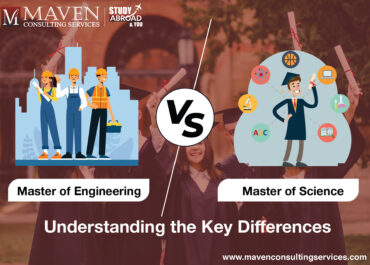Work With A US Student Visa

Studying in the United States is both a grand opportunity and a tough job in itself. Alongside studying what gives you a hard time is satisfying your expenses. These include accommodation, transport, food, and tuition fees expenses. Altogether these expenses can round up to US $60,000 for one year. To meet these expenses, and hopefully send some finance back home, the least one hope is to gain a part-time job during their academic degree.
Working part-time is not only good for your financial situation but is also necessary to gain experience in the practical world. It helps you build the skills you would require in your further career, no matter your degree.

Images from Pexels.com
Can You Work Part Time with a US Student Visa?
Yes, you can under a few strict conditions US students are allowed to work under an F1 Visa. Although you must know all the terms and conditions of your visa before taking any further steps as they can be different from the general visas that are attained.
The students that are enrolled in US High schools, universities, colleges, courses, training programs, and other academic institutes fall in the category of an F1 visa. There are restrictions for work on student visas, the most general restriction is that students are only allowed to work on campus for a maximum of 20 hours weekly.
Employment Rules
As the F1 Visa is a non-immigrant student visa in the U.SThe students are allowed to work in the country but only under complex guidelines and strict conditions given by the USCIS. The United States takes illegal work very seriously hence, the student should consult officials before taking any steps.
The categories of employment are as follows:
- On-Campus Employment
- Off-Campus Employment
- Economic Hardship
- International Institutes
- CPT – Curricular Practical Training
- OPT – Optional Practical Training
On-Campus Employment
During the time of in-session school, which means while your classes are active, the F1 Visa allows a student to work on-campus for 20 hours each week. But it gives the facility of letting the student work full time up to 40 hours each week when the school is not in session (during break periods)
Work that is done solely on the campus of the institute that one is enrolled in is known as work on campus. These jobs include work at the library, bookstore, cafeteria, and other stores and facilities of the institute.
Applying process for such a job starts 30 days prior to the start of classes. Before you apply and in order to gain guidance, you must consult your designated school official.
Universities allowing On-Campus Work
Some of the universities that allow on-campus work with a maximum of 20 hours of work per week are listed below:
- Western New England University
- University of Wisconsin-Milwaukee
- IDP Education
- Pepperdine Graziadio Business School
- Green River College
- Sacred Heart University
- Golden West College (United States)
- Keiser University

Images from Pexels.com
Off-Campus Employment
Working off-campus is not as easy as working on-campus, although some training programs such as the Optional Practical Training and Curricular Practical Training, Off-campus work is which occurs outside the campus and the institute’s affiliated places as well. Firstly, it is only available to students who have completed a whole year of their course study; alongside this, they must also qualify as economically in a difficult state in the Security’s emergent situation.
Optional Practical Training
The general requirements that a student must meet to apply for an OPT are as follows:
- The employment should be connected to the student’s field of study or degree
- The F1 status of the student must be lawfully maintained
- OPT Application must be sent before the work is completed for a degree
- Students that have worked through CPT for 12 months or more are not eligible for it.

Images from Pexels.com
Curriculum Practical Training
The second option for off-campus aspirants is of Curricular Practical Training or CPT, it is an integral part of the academic program and is often referred to as the internship, alternative study, or work. To qualify for the CPT program, work experience must be a requirement for completing your academic degree. Academic credit can also be an alternative requirement to qualify for the CPT option. The international pupil office of the school or the USCIS must give prior authorization.
The basic requirements to be eligible for CPT employment are as follows:
- Enrollment in school must have been on the basis of one year of F1 status
- Exemption of the first requirement is when an academic program immediately requires CPT
- Academic credit must depend upon the completion of CPT as an integral part of the student’s degree.
- Before submitting the CPT request of authorization, the student must have already attained a job offer.
- The job offer and work must be connected to the field of study or degree that the student is studying.
There are other options to qualify for work as a student in the United States, consulting the DSO is the best space to find options and their processes for qualifying. Legal work will allow you not only credit hours in your academic degree but an opportunity to work freely and without trouble, the options of illegal work are strictly not tolerated under the US international rules and regulations.
Don't forget to share this article




